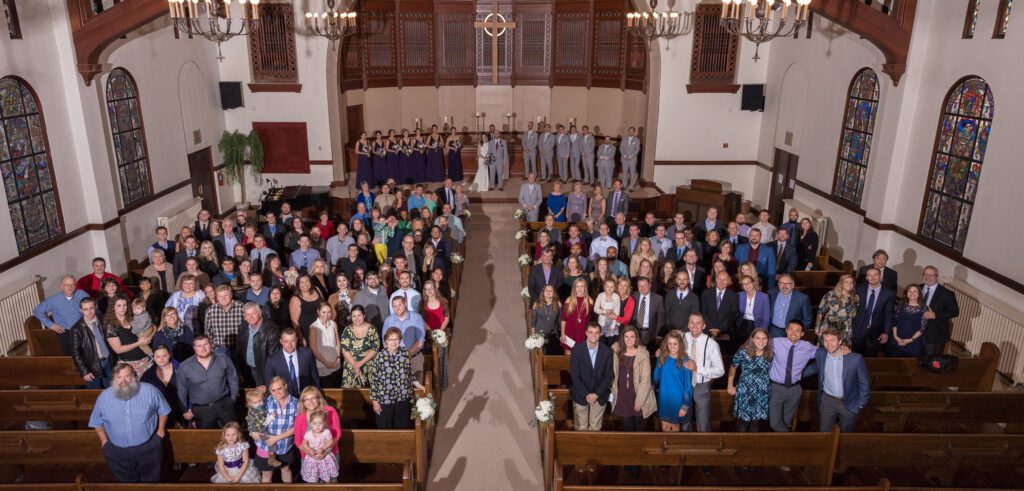We have all seen the photo of too much stuff in a photograph. Because the photographer does not attempt to select one subject, the picture fails to communicate. The “run-on sentence” is the written word comparison to this visual example.

A close-up of detail frequently reveals more of the subject than a picture of the whole subject. Too many want to shoot general views. After all, they believe they offer “good composition” or capture beautiful light. The detailed photograph can have more impact and communicate more because the photographer is forced to be interpretive with the detail. The isolated part can tell more, be more emphatic, and quickly appreciate and understand. It tells the story in compressed, sometimes dramatic, by scaling down to point out a specific idea with the most significant effect.
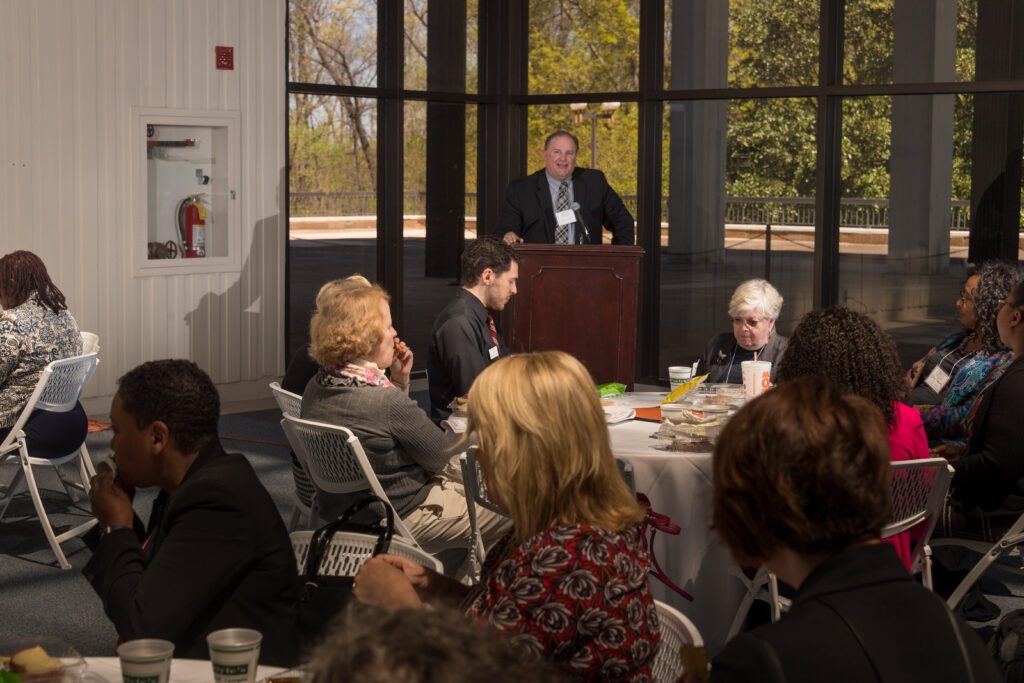
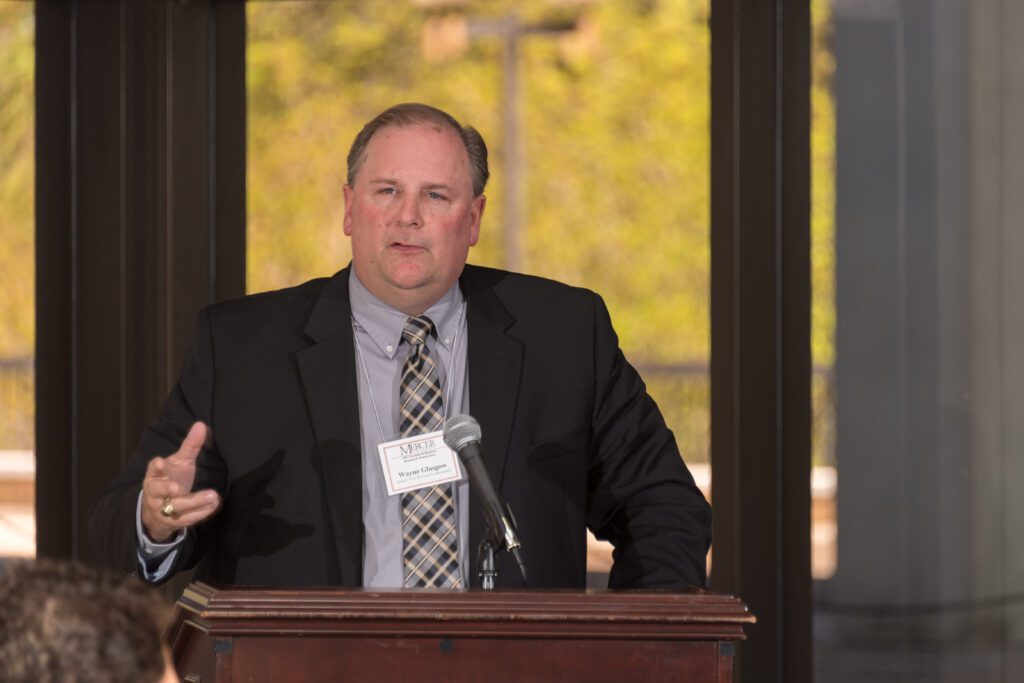
In approaching a subject, decide how much to include in the camera’s viewfinder. You must force yourself to look around the issue at each corner and everything within the viewfinder’s frame. If anything in the picture area detracts from the theme, move in closer to eliminate it; if not enough, drive back to include more. The key to this exercise is to know what you want. This way, the details will fall naturally into place, and “composition” is achieved.
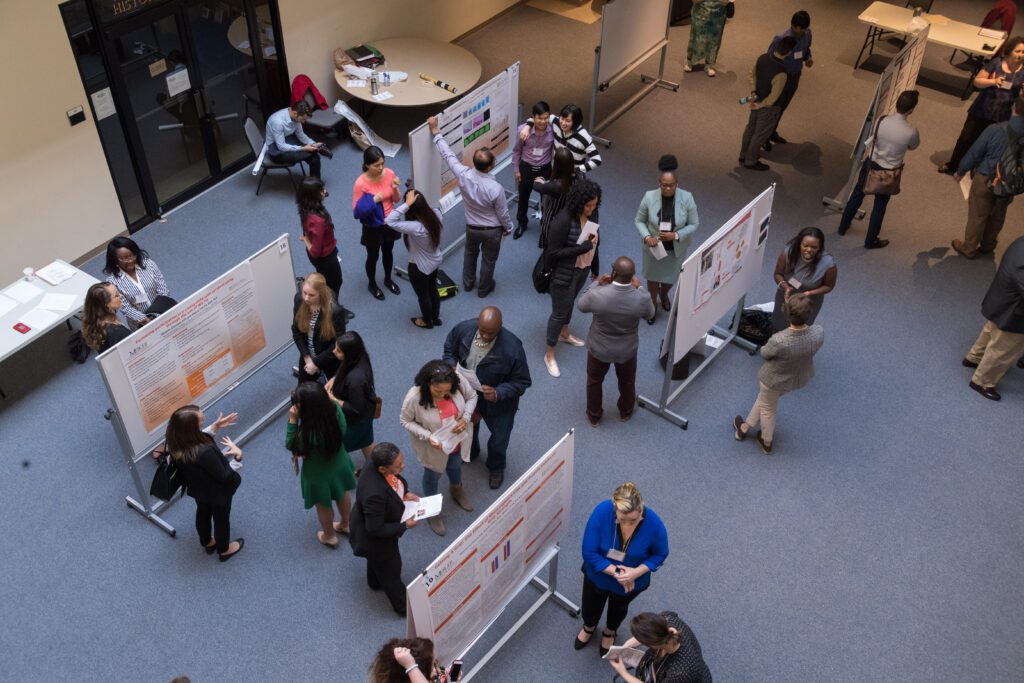
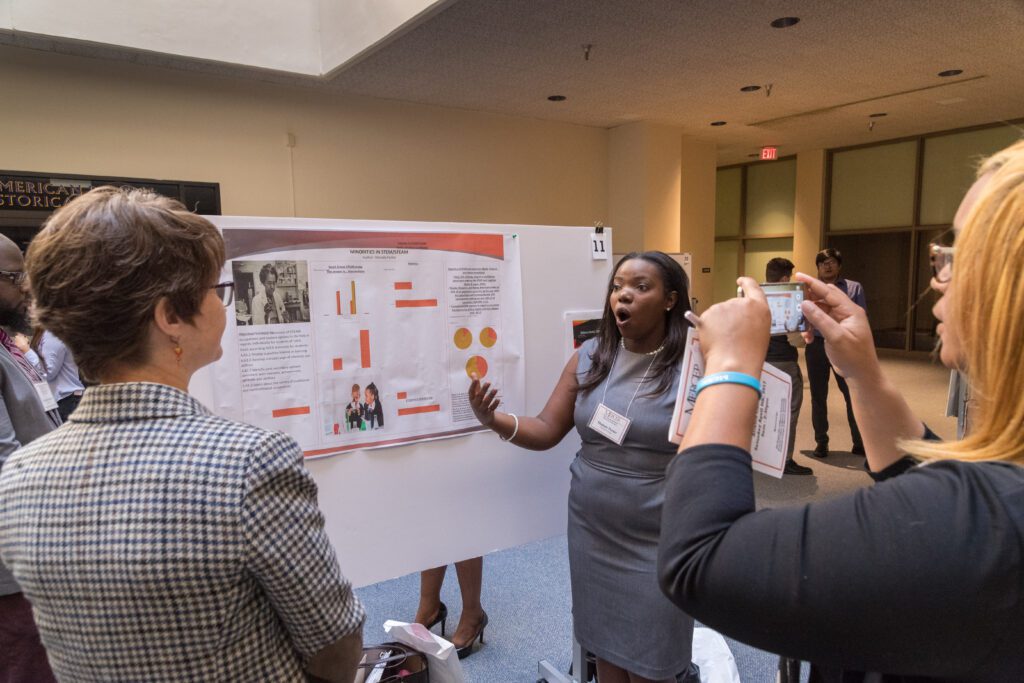
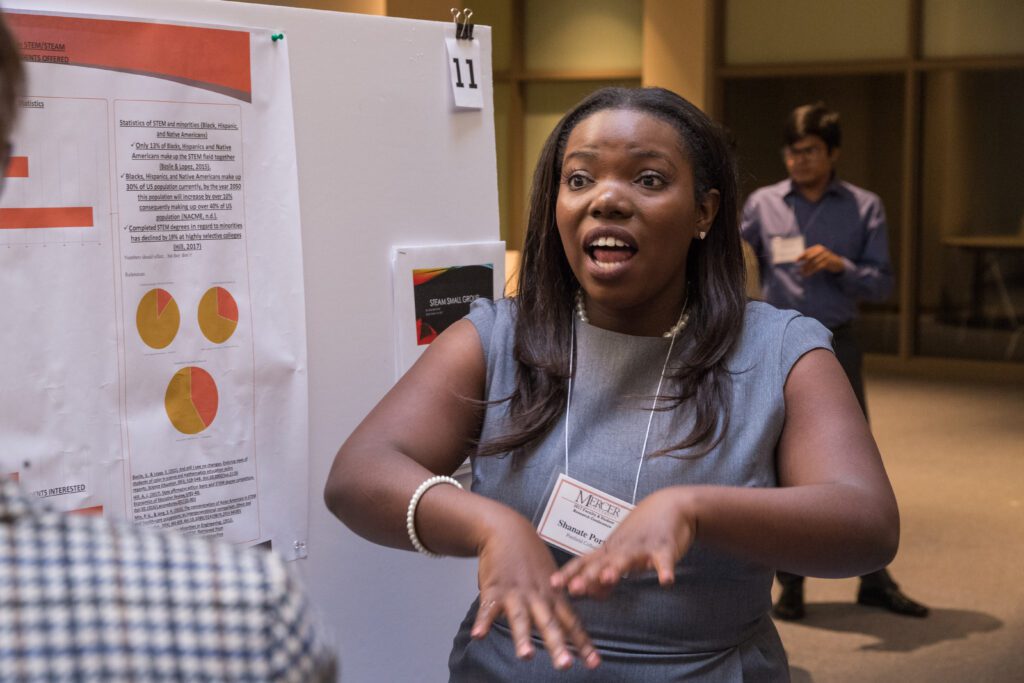
I have found this procedure in teaching photography students most effective. First, shoot a large scene, then close in on it and cut it in half. Close in repeatedly until you finally isolate the most crucial subject and thus make a statement about the main thing in the scene. In this way, you learn, bit by bit, that lots of things you see in a picture are unimportant, and so you know how to select the part or parts that are most meaningful.
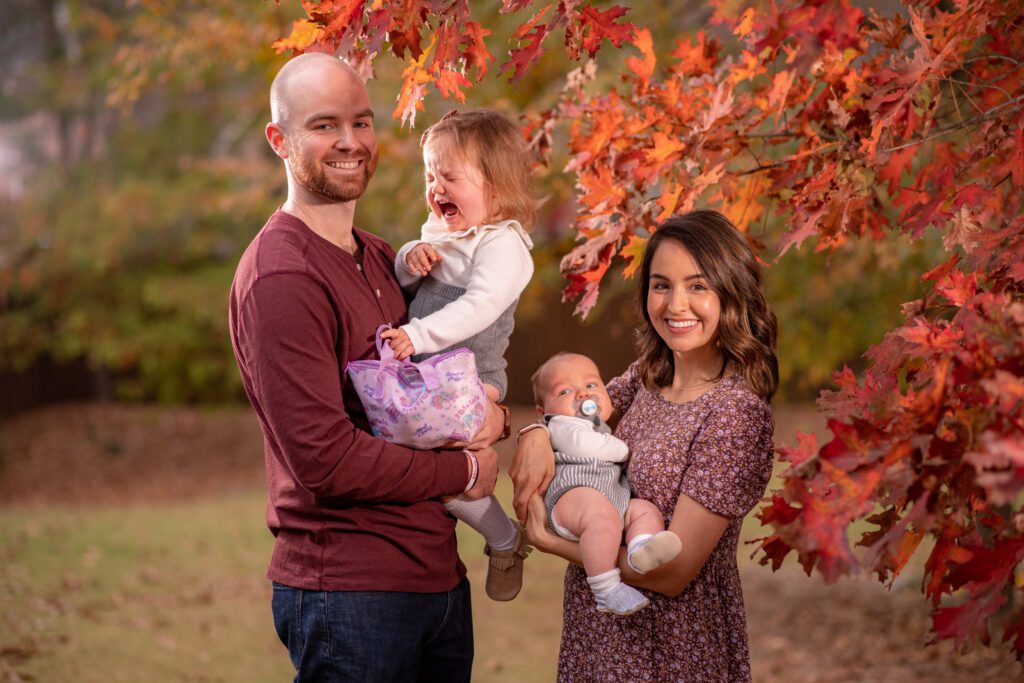
Great photographers know that composition is more than that—it is a matter of feeling rather than of rules learned by rote; that you will develop this feeling as you go along; and that you never really “know it all” because, as you learn more about life, you emphasize different things. Composition is just another way of looking at life.
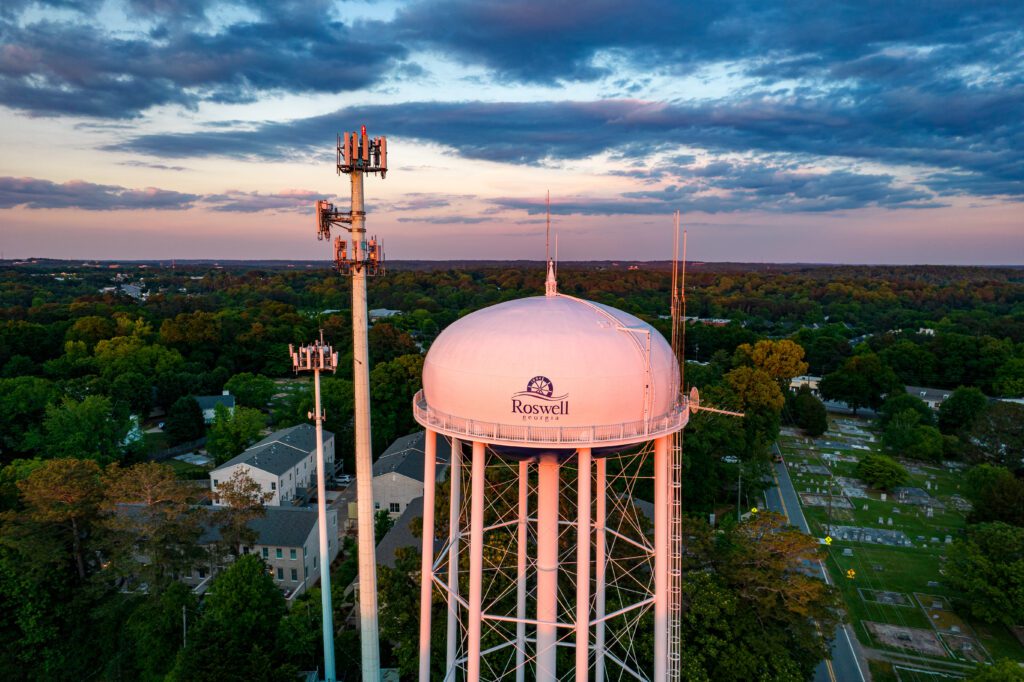
Give me a call about your next project.
